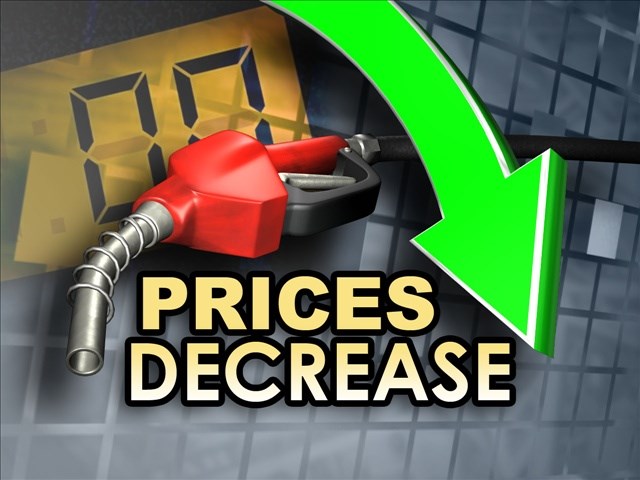It has been a long time since consumers in Yorkton have seen gasoline prices under 90-cents per litre.
And lower prices may still lie ahead.
At least that’s the belief of Don Rae, head of Crusader Drilling in the city.
“What some analysts are saying is this will last through to the fourth quarter,” he said, adding while price per litre at some point’s may be near bottom-out, he thinks they will still trend lower to the point crude is $40 per barrel and gas at the pump may hit 65-70 cents.
That said Rae warned when it does move back up, it will likely go higher than it has been.
“It always over compensates both ways,” he said, adding there will be pressures to recapture losses once it moves back up.
Rae said the current down turn is the price for a barrel of oil, and the resulting effect on prices for gas at the pumps is more than merely an oversupply.
While there is an estimated one million barrels a day of crude oil hitting the market above demand that would not account for the sharp drop given the world consumes some 90-million barrels a day.
“A lot of this is politics,” he said, although he was quick to add “I’m not an expert on that end of it.”
On the supply side, Rae said there is a play at present by Saudi Arabia to buy back some market shares.
“The Middle East can produce cheaper than we can,” he offered.
But as oil prices were high, the Middle East lost some market in spite of cheaper production costs.
At this point though, crude oil prices are such that even Saudi Arabia is facing a $40 billion deficit, said Rae, adding that is offset by a $750 billion surplus built up through the years.
But there is more to it than the Saudis trying to buy back market share.
Rae said he feels the American government is working with Saudi Arabia to push oil prices lowers in order to punish Russia, Iran and even Argentina, countries the Americans have political issues with.
“And we’re collateral damage,” said Rae.
So at what point is everyone losing money in the oil sector?
“Seventy dollars (per barrel) is close to the break even,” offered Rae Friday, a day oil sat at $48.
With losses occurring on every barrel of oil pumped, it is impacting drilling new wells, and Rae said that is something people may not recognize while they are filling their car with cheap gas, will impact the Saskatchewan economy.
“I get it that people like the cheap gas, but there is a huge trade off too,” he said.
Rae said working rigs mean cash flowing through the economy.
“Each well creates 100 to 150 direct and indirect jobs,” he said, adding if 80 drilling rigs out of 100 sit idle, a lot of people are suddenly headed to unemployment. In his own case one of his three drill rigs is sitting.
Rae said people in oil field-related jobs make good money, and they spend that on new trucks, homes, quads and snowmobiles, supporting local business in the process. If those workers are laid off, they are not spending.
“That’s my biggest concern with this downturn, how it might affect my employees,” he said.
Then there is the dollars spent every day a rig drills. Rae said a rig consumes $1100 daily in supplies, 5500 litres of fuel per day in winter and wages at $6500.
So when rigs sit “a fuel dealer doesn’t haul as much fuel,” he cited as an example of the impact.
The lower prices hit the provincial government too, with a loss in revenue of some $30 million for each dollar crude oil drops, said Rae.




